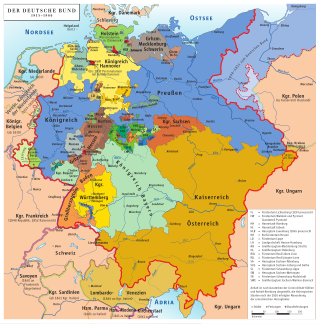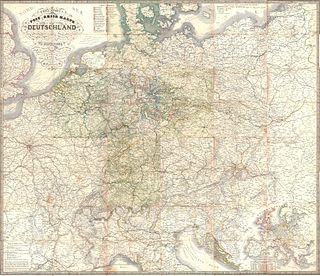
One of the functions of the North German Confederation was to handle the mail and issue postage stamps, which it began doing, by means of the North German Postal Union (Norddeutscher Postbezirk), on 1 January 1868.
Contents
To accommodate the different monetary systems in use by the various states, it issued a series valued in groschen for the Northern District, and another using kreuzer for the Southern District, distinguishing them by framing the value number in a circle for the groschen stamps, and in an oval for the kreuzers. All of these stamps were inscribed "NORDDEUTSCHER POSTBEZIRK".
In addition, there was a special quarter-schilling stamp for Hamburg, with the additional inscription "STADTPOSTBRIEF HAMBURG".
Early in 1869 the stamps were issued with perforations, the previous issues having been rouletted. On 1 March, 10 gr and 30 gr values were issued, notable for being printed on goldbeater's skin, a scheme to prevent reuse of these high-value stamps.
Confederation stamps were superseded on 1 January 1872 by the first issues of the German Empire.
- 1868, Southern District, 1 kreuzer, rouletted
- Northern District, 1 Groschen, perforated issue 1869.
- Southern District, 7 Kreuzer perforated issue 1869






